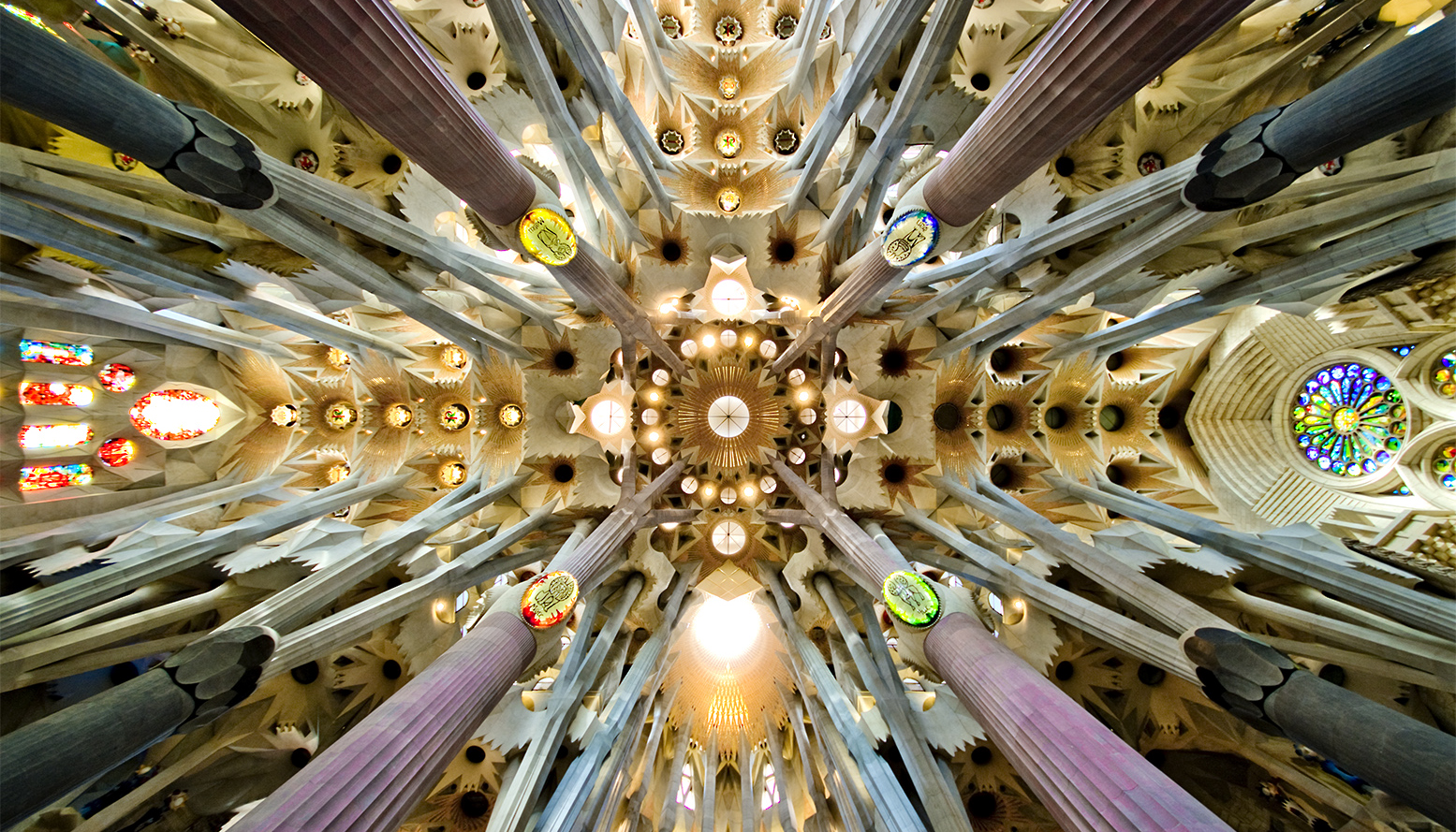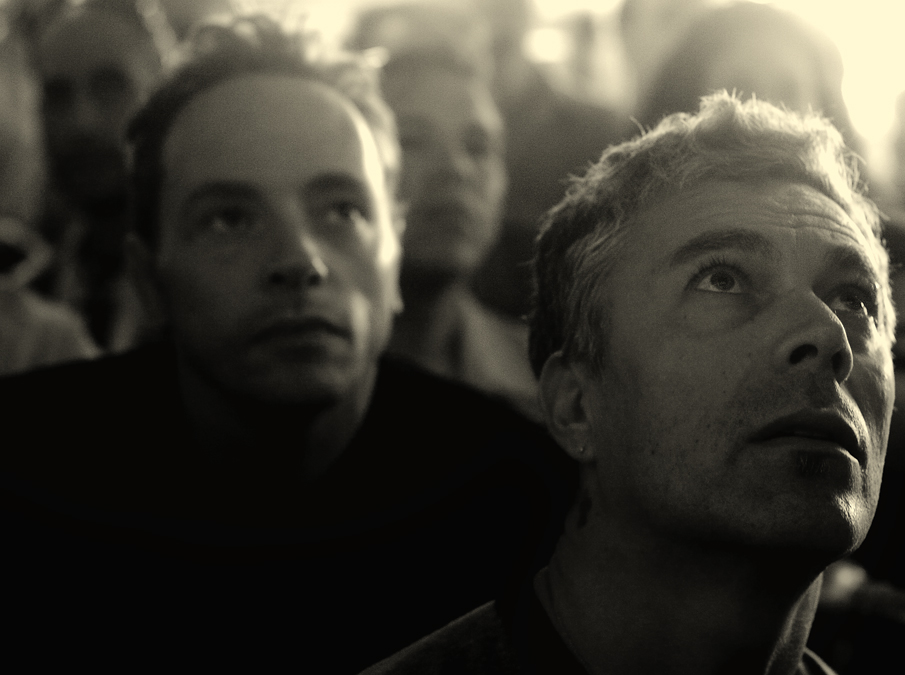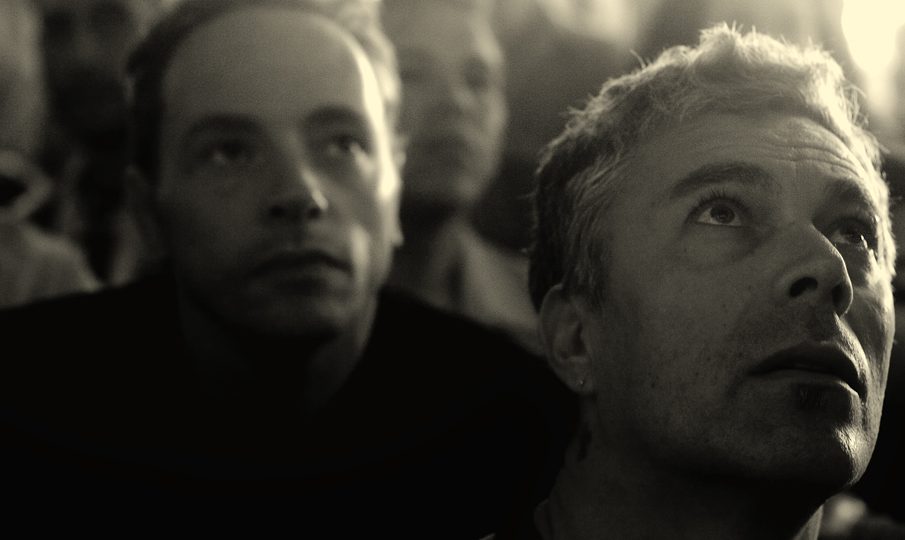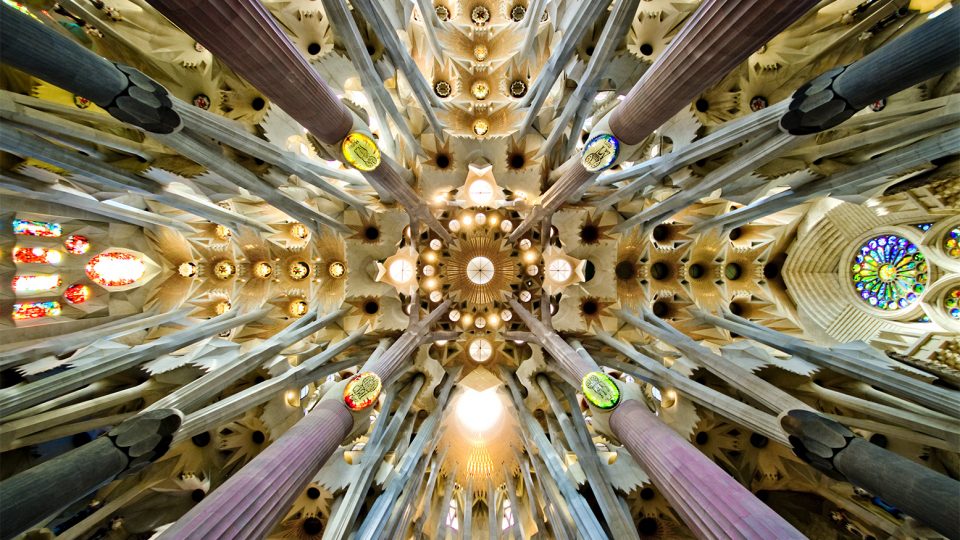In the world of digital media there is a relationship between the elements on a website. Firstly, there is the content on the page, which may be made up of images, videos, or written words. The algorithm that determines what sites will be shown is based on simple principles. It delivers content to the user when they enter keywords into a search query. These keywords makeup your written content.
When a site has enriching message, it gives the owner of that website an advantage over their competition. The more enriching the content, the more likely the site will rank at the top of the page. This is recognized by the search engine as focus keywords. There is an appropriate ratio of keywords when one organizes the content with the intent of getting the search engine to recognize the authority of the site. This keyword ratio defines the basis for content during the web design process.
The second element involved in digital media is aesthetic design. This describes the visual representation of that content. It involves the layout of the page, or where certain elements of content are positioned relative to one another. The goal for the design is to create an experience for the user that is enriching. In other words, the content is useful, and the presentation of design is enjoyable.
There are perhaps many elements involved with aesthetics to describe with any brevity. However, we can suggest that content and design bear a specific relationship with one another. We could say that content is WHAT we are saying while design is HOW we are saying it. The WHAT is uniquely related with the HOW.
The elements of a website that are closely related to design and content are known as traffic and conversion. These are the quantifiable statistics about a site that give us browsing data. Through analytics, we can measure and track the number of people that visit a particular site and understand how long those visitors stay on the page. We can measure how many of them subscribe to our email newsletter and eventually buy the product we are selling. In other words, traffic is the number of people who are visiting our site, and conversion is the number of people who take action and interact with the content. Traffic and conversion are related to design and content when a website builds authority with the search engine.
Content is related to traffic, and design is related to conversion. The search engine is looking to provide users with enriching content in response to their query. When a website has quality content, it will give the owner a better ranking in the search engine. When a website is able to rank at the very top of the page it will naturally gain a higher number of visitors and the traffic will increase as a result. As the quality of the content increases, the traffic increases. On the other hand, we have conversion, which describes the actions taken by visitors to a site. When a person enjoys the content, they will stay on the page longer. This can be measured by the performance metric known as bounce rate, or how long it takes for people to leave.
In the relationship between these variables, there are objective quantities that can be measured through data and statistics. Also there are subjective variables that can explain why users might leave a website early. We are describing the theory that allows us to understand why some users might leave a site before interacting with the content. We are determining how to build a website that will have a high conversion rate and a low bounce rate. Many websites have a large number of visitors that bounce without converting. The subjective aspect involves determining the reason behind this decision. This theory can be determined through the analysis of design. The layout of the page will affect the decision of the user to stay longer on the page and interact with the content rather than navigating away.
Related Variables:
- Design – Subjective: How
- Content – Objective: What
- Traffic – Objective: When
- Conversion – Subjective: Why
Essentially, we want to figure out HOW to get someone to engage with the content. We need to know WHAT motivates them to take action. We also need to organize the content in a way that assures that our traffic won’t bounce. This involves understanding WHEN to give them an option to convert. After we have gone through the data and had a look at potential designs, we can arrange the media in a way that could create a higher conversion rate. We are attempting to organize the content in such a way that people will engage with it by manipulating these variables. Design is related to conversion, and content is related to traffic.
The objective elements are those that we have control over, describing results that are quantifiable. The subjective elements can change depending on the context of the situation and the interpretation of the data we gather. We can form a plausible theory about the responses of the audience based upon what we have observed. Our goal is to increase both the traffic and conversion rates on the website. In order to accomplish this, we can make predictions from the data by forming a hypothesis about changes in the design. When we alter the design and the presentation of content, we have the intention of getting a response from the audience. The process of using data to anticipate user decisions involves developing a conversion funnel.
The most important element when developing a conversion funnel is the content. In terms of what the user is looking for, it involves the particular keywords they enter into the search query. The language that is used on each page of the website is understood by the search engine and delivered to the user based on the query. In the algorithm, there are spiders that crawl a site looking for keywords that might match the query. When we strategically repeat certain target keywords within the body of the text, it increases the likelihood that the content will rank better on the search engine. The increased page rank results in more traffic when the website increases its authority with the search engine algorithm.









